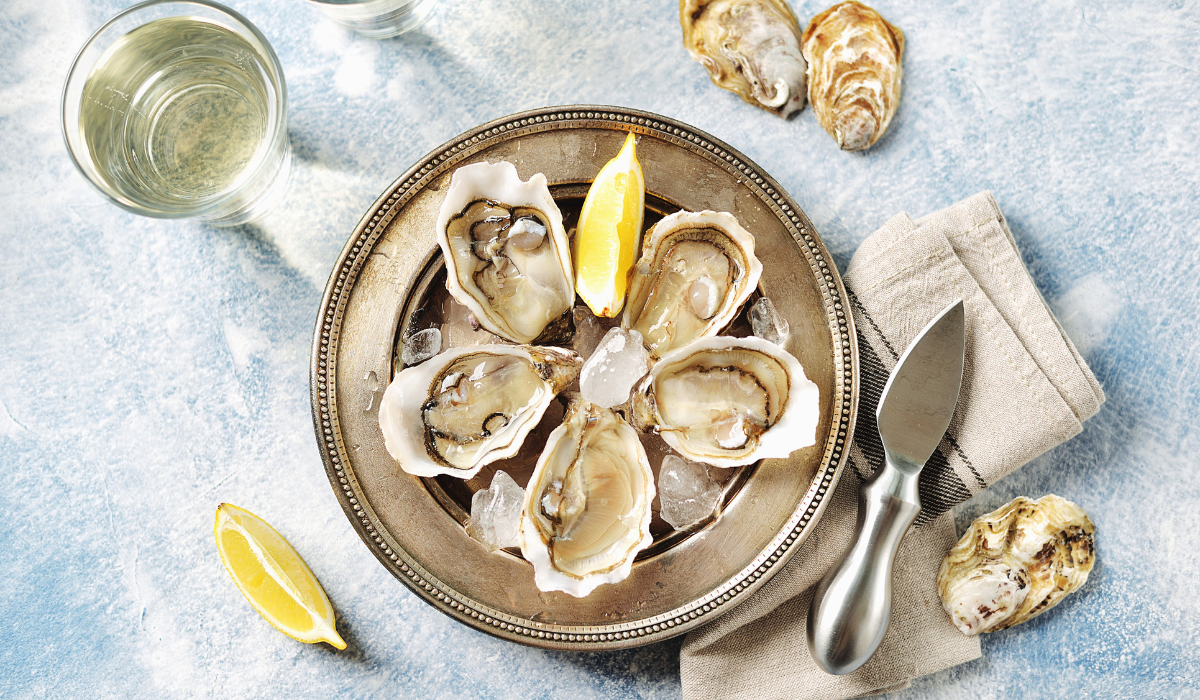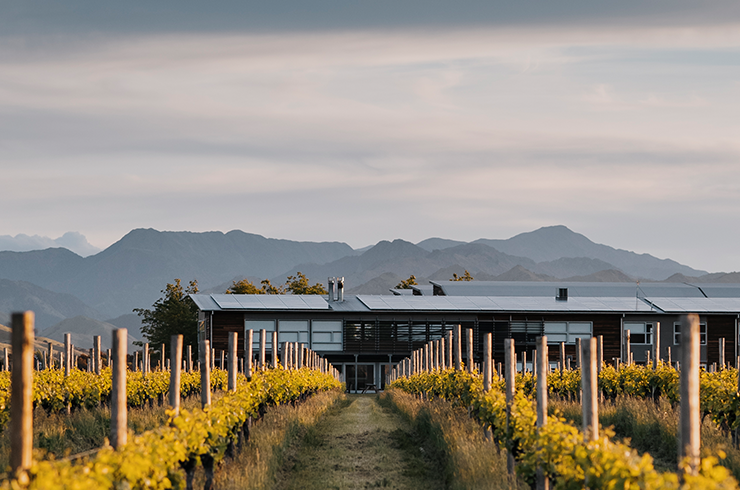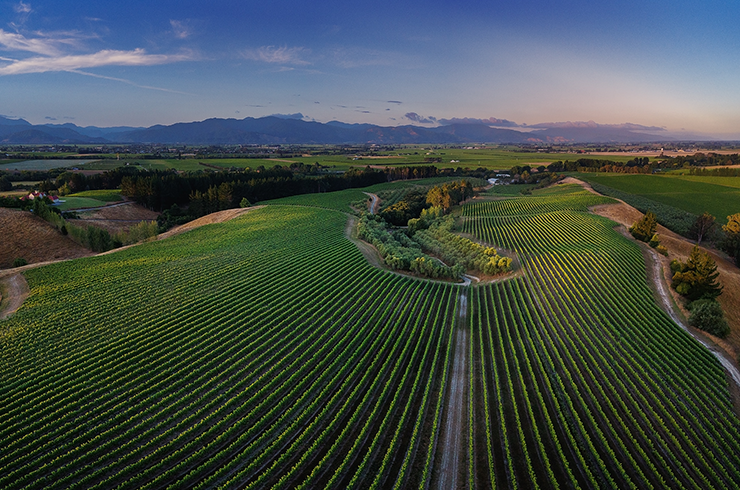Champagne vs Prosecco
Champagne and prosecco are both popular styles of sparkling wine. But that’s where their similarities end.
From production methods and costs to grape varieties and flavour profiles, here are the differences between the two.
What are the differences between Champagne vs Prosecco?
Regions and grapes
Champagne is from the Champagne region in northern France. While there are seven varieties permitted in its production, it’s primarily made with pinot noir, chardonnay and pinot meunier grapes. Only sparkling wine made in the Champagne region is allowed to be called Champagne – sparkling wine made elsewhere in France, or the world, must go by a different name; even if it's been made the same way.Prosecco is from the Valdobbiadene region in Veneto in northern Italy. It’s primarily made from the glera grape. However, because Prosecco was only recognised as a geographical indication in 2009, and prior to that the glera grape was universally referred to as ‘prosecco’, there are many examples of sparkling glera called prosecco being made outside this region.

Production methods
Champagne is made using the traditional method, also known as méthode Champenoise or méthode traditionelle.In this method, yeast and sugar are added to a base wine to trigger a secondary ferment in bottle. The bottles are sealed and placed neck down in racks during this process, so that the dead yeast cells eventually settle in the neck once fermentation has finished. The Champagne is left to age on these dead yeast cells (known as lees) for months or even years. When it is ready, the neck of the bottle is frozen and the dead yeast cells removed in a process known as disgorgement. To balance the Champagne’s acidity, sugar is sometimes added here – a process known as dosage. The wine is then resealed and left to age further.
Prosecco is made using a much faster, more affordable method known as the Charmat, or tank, method. In this method, yeast and sugar is added to a base wine in a large stainless-steel tank. After this secondary fermentation has finished, the wine is filtered, bottled and sealed.
Flavour profiles
Because Champagne has closer, extended contact with lees during production and ageing, it generally has more autolytic flavours (bread, brioche, toast and biscuit) plus almond and citrus notes. The bead is also often finer since carbonation develops under high pressure.As it’s fermented in a large tank, prosecco has less lees contact and its fruit flavours are much more prevalent. A typical prosecco will show citrus, tropical fruit, floral, hazelnut, vanilla and honeycomb notes. Its bubbles will also be lighter, frothier and won’t last as long as those in Champagne.

Food matching
While Champagne and oysters or caviar is a classic pairing, it also stands up beautifully against rich, salty foods. Try Champagne with French fries or even a cheeseburger – the bubbles and acid cut through the fat, while the autolytic characters perfectly complement the toasty bun.
Prosecco tends to be a bit sweeter than Champagne, and so pairs well with cured meat, cheese, and fruit as well as seafood. It also pairs well with Asian cuisines such as Thai.







